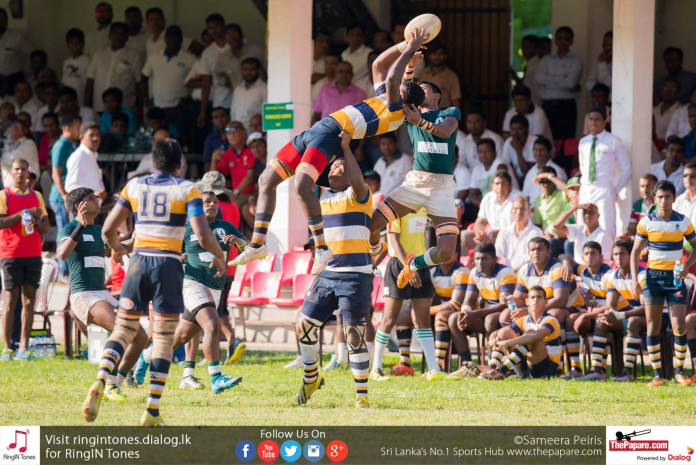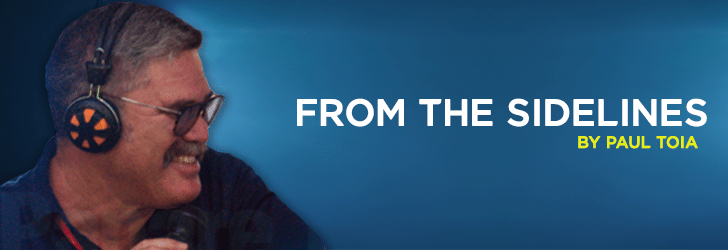There has been a lot of high pressure rugby played during the first three weeks of the Singer Schools’ Rugby League but there is also room for improvement.
Desire and passion are there by the truckload, all teams are willing and their defensive attitude cannot be questioned. However the pressure that builds from wave after wave of attack, or ferocious defence, is being released by some simple school-boy errors.
Holding on to the ball is a fundamental part of building pressure and can be coached step by step. The first responsibility is with the ball carrier. His role is to present the ball in a way that is easy for his team mates to access and difficult for the opposition to steal. Like chess, this is easy to learn but difficult to master so let us concentrate only on ball placement this week.
From the sidelines by Paul Michael Toia
Firstly our ball carrier will have a low body height as he approaches contact. He will use footwork to find the tackler’s weak shoulder meaning a sidestep, or a dummy will be sold to gain a half gap at the opposition’s tackle. Then our ball carrying champion will accelerate into contact and drive his legs after contact to make more metres and buy time before the cavalry arrives. He will hope for a call from a team mate letting him know that said cavalry is close. The shout out will be for an offload, to stay on his feet and continue driving or to go to ground. Once his knee hits the ground he is officially tackled and the tackler must release him. He now has one movement to release the ball and make it available. The law states he must release the ball immediately but how long is immediately?
Referees generally rule on the ball being released if the opposition get their hands on it. As he heads to the deck we need the ball to be violently ripped free away from the opposition so we have full control. While on the ground our man can still fight the good fight. Using his momentum to turn further away from the opposition and present the ball he is able to buy more time for his team mates to help secure possession. The ball should be held securely and close to the ground during all of the ground work. I often saw the ball being presented in the air last weekend and the ball was lost. All of this happens in a heartbeat and must be practiced every week. It all looks so natural when done well but this skill needs constant attention to become a doyen like ex-All Black Conrad Smith, the best exponent of this skill in recent history. As you can see it is easy to learn but difficult to master.
Next week we look at your team mate who arrives at the tackle first. What is his role and what are his responsibilities? Until then KEEP YOUR EYE ON THE BALL.















